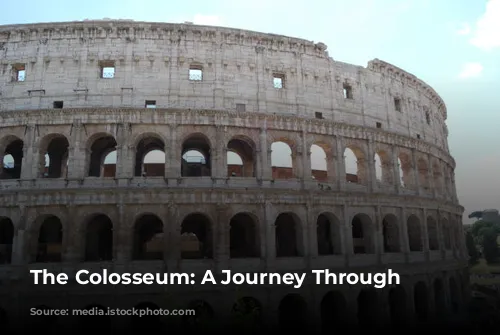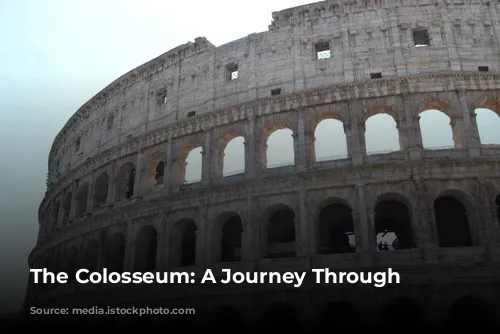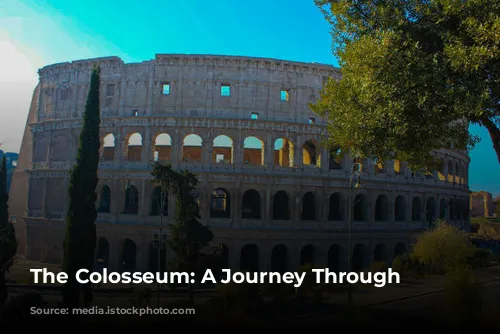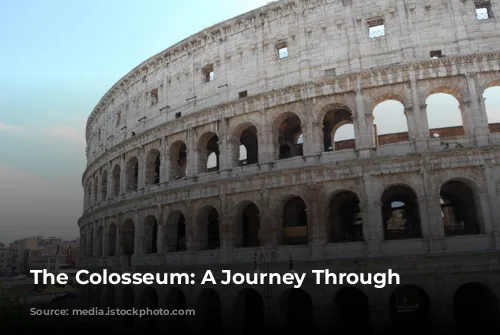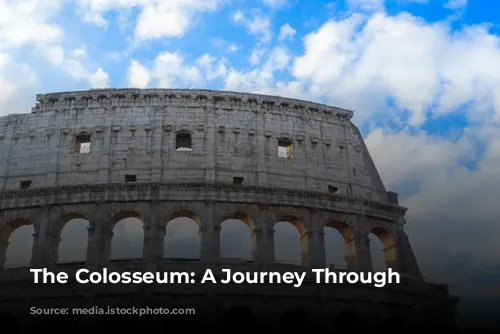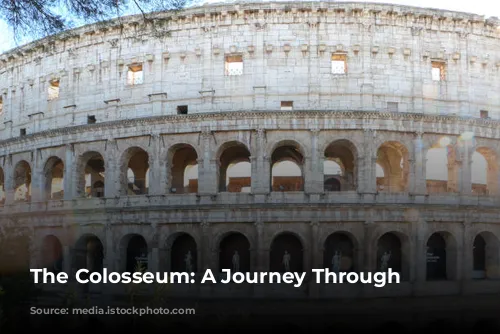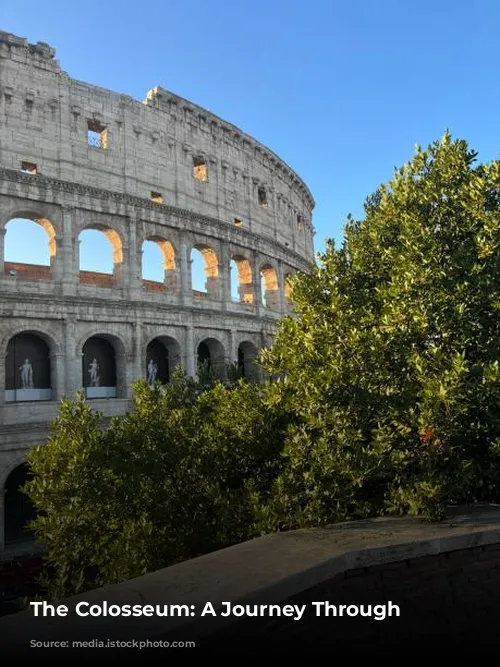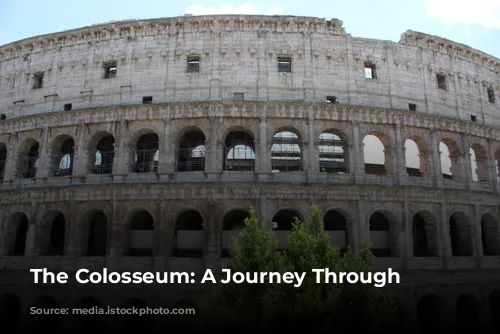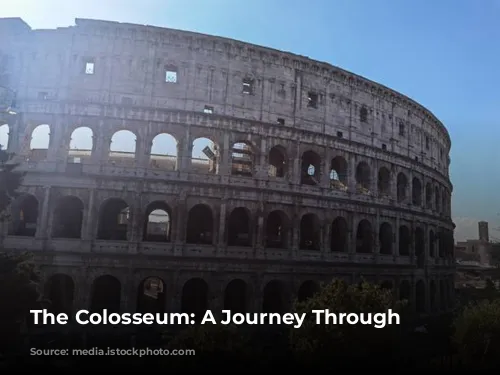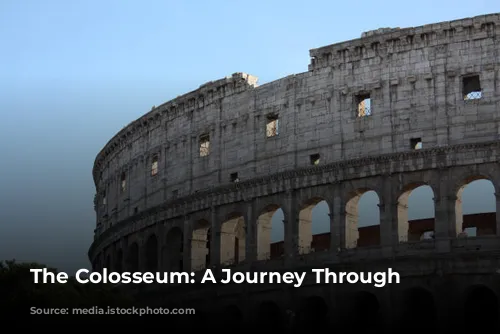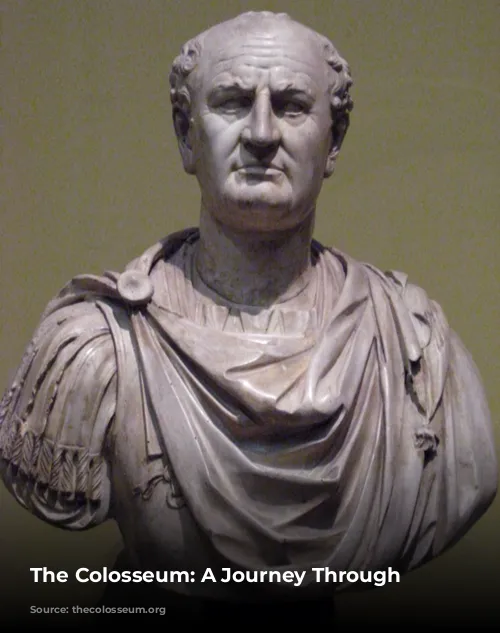The Colosseum, a magnificent amphitheater standing tall in the heart of Rome, is a testament to the grandeur of the Roman Empire. With nearly two thousand years of history, this architectural wonder whispers stories of bloody battles, daring hunts, and even gruesome executions. If you’re planning a trip to the Eternal City, make sure to add the Colosseum to your itinerary! Here are some fascinating facts about this iconic landmark.
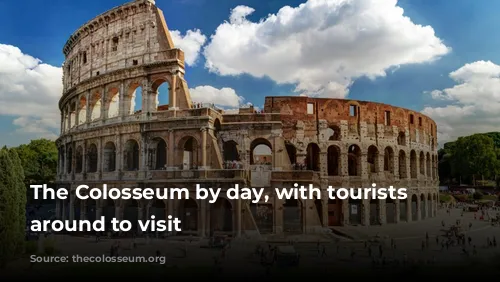
Construction & Design
When was the Colosseum built?
Construction began in 72 AD during the reign of Emperor Vespasian and was completed in 80 AD under his successors, Emperor Titus and Emperor Domitian. This massive undertaking was largely carried out by Jewish slaves, overseen by skilled Roman engineers and craftsmen.
How many people built the Colosseum?
After the First Jewish-Roman War, many Jewish inhabitants were captured and enslaved. An estimated 60,000 to 100,000 of these slaves were employed in the construction of the Colosseum.
How big is the Colosseum?
The Colosseum is an oval-shaped structure with a length of 189 meters, a width of 156 meters, and a height of 48.5 meters. It occupies a surface area of 6 acres, a truly impressive scale for an ancient monument.
How many arches does the Colosseum have?
The Colosseum’s outer walls are adorned with three levels of columns, each level featuring 80 arches. These arches served as guides for citizens, helping them navigate the massive amphitheater and find their designated seats.
What material was the Colosseum built from?
The Colosseum was built with an estimated 100,000 cubic meters of travertine stone, quarried from the nearby town of Tivoli. The stone was expertly joined using thousands of iron clamps, a testament to the Roman’s engineering prowess.
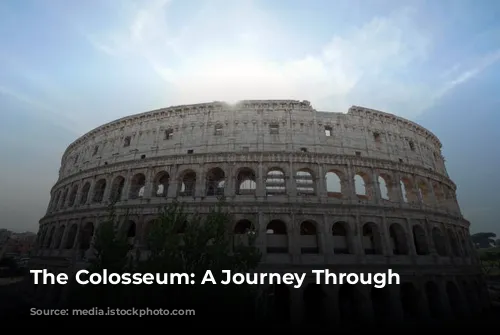
The Colosseum’s Secrets
What is underneath the Colosseum?
Beneath the arena lies a vast and complex network of tunnels and chambers, known as the Hypogeum. This underground labyrinth served as holding areas for gladiators, animals, and prisoners awaiting their fate.
How many spectators could the Colosseum seat?
The Colosseum could accommodate a staggering 50,000 to 80,000 spectators, making it one of the largest entertainment venues of its time.
How many people died in the Colosseum?
It is impossible to know for sure, but estimates suggest that as many as 400,000 people, including gladiators, slaves, convicts, and prisoners, perished within the Colosseum’s walls during its 350-year history of bloodsports.
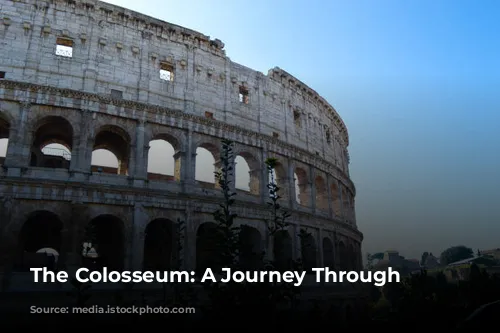
Spectacles and Animals
What animals were used in the Colosseum?
A diverse array of animals were brought to the Colosseum for staged hunts and executions. Lions, tigers, bears, elephants, and even giraffes roamed the arena, providing both entertainment and terror for the spectators.
How many animals were killed in the Colosseum?
While an exact number is unknown, it is believed that millions of animals were slain within the Colosseum’s walls. Some accounts even suggest that the arena contributed to the extinction of certain species in the surrounding regions.
What types of spectacles were put on in the Colosseum?
The Colosseum was a stage for a variety of spectacles, but the most well-known are the gladiator battles. These brutal fights were often a matter of life or death, with skilled fighters engaging in thrilling combat for the entertainment of the masses.
Were gladiator fights as bloody as is believed?
While gladiator fights were certainly violent, they were not always the gruesome free-for-alls often depicted. Fighters were divided into classes based on their skills and fighting styles, and matches were sometimes decided based on experience and record.
Were Christians martyred in the Colosseum?
While thousands perished within the Colosseum’s walls, there is no conclusive historical evidence to support the widespread belief that Christians were martyred there.
Did the events depicted in the movie Gladiator really take place?
While Commodus was a real Roman Emperor who enjoyed gladiatorial combat, the movie’s portrayal of his death is fictional. Commodus was known to fight in the arena but often against handicapped or non-predatory opponents.
When was the Colosseum last used to host fights?
The exact date is unknown, but the last records of gladiator battles date back to the year 435 AD. However, hunts continued in the Colosseum for approximately another century.
Why did gladiator fights in the Colosseum stop?
The decline of the Roman Empire and the increasing cost of maintaining the Colosseum and procuring gladiators and animals were ultimately responsible for the end of the arena’s bloodsports.
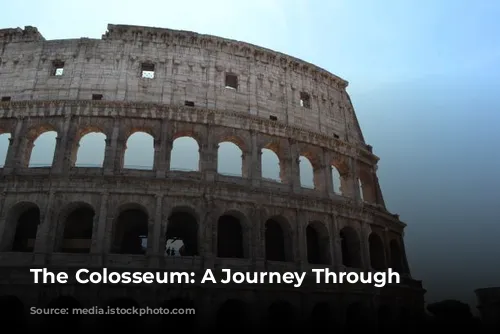
From Arena to Tourist Attraction
What catastrophes has the Colosseum suffered?
The Colosseum has faced several major challenges throughout its history, including fires and earthquakes. These events caused significant damage but the Colosseum has been repaired and rebuilt countless times, standing as a testament to its resilience.
What has the Colosseum been used for other than as an arena?
Over the centuries, the Colosseum has served various purposes. It has been a cemetery, a place of worship, and even a fortified castle. Today, it stands as one of the world’s most popular tourist attractions, drawing millions of visitors each year.
How many people visit the Colosseum every year?
The Colosseum attracts over 7 million visitors annually, making it one of the most visited landmarks in the world. This number has significantly increased in recent years, reflecting the enduring fascination with this ancient wonder.
The Colosseum is more than just a relic of the past; it is a living testament to the ingenuity, power, and complexity of the Roman Empire. This magnificent monument continues to captivate and inspire, reminding us of the enduring power of human creativity and the timeless allure of history.
